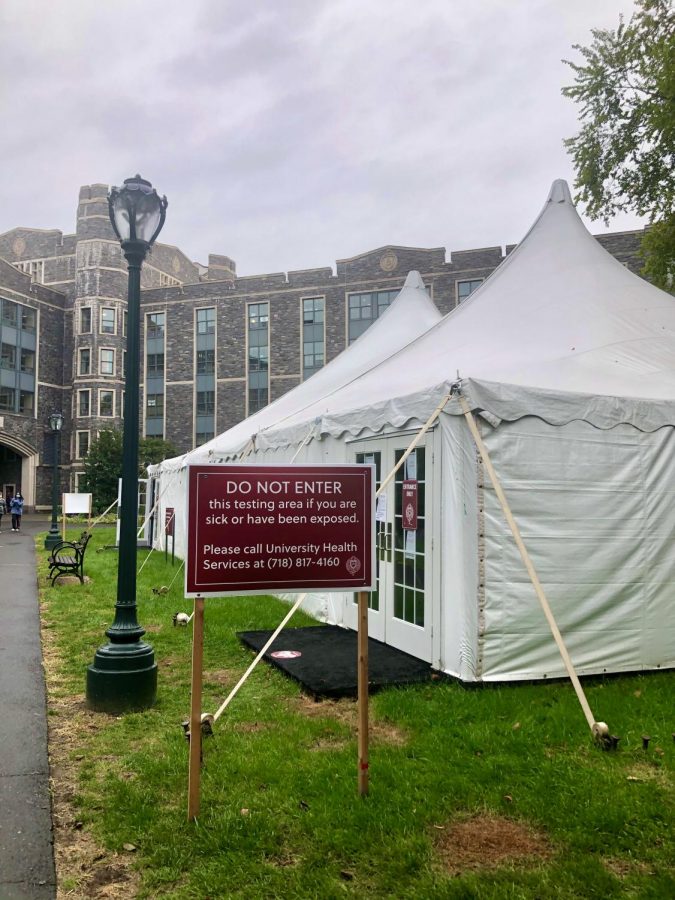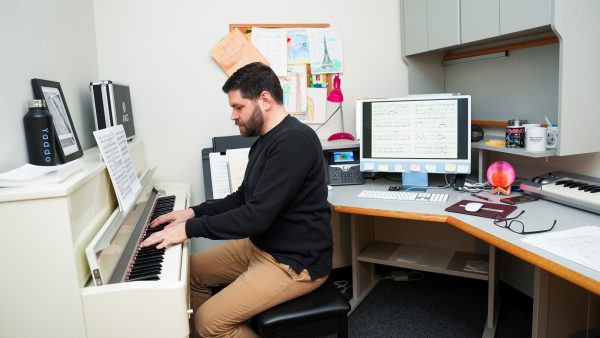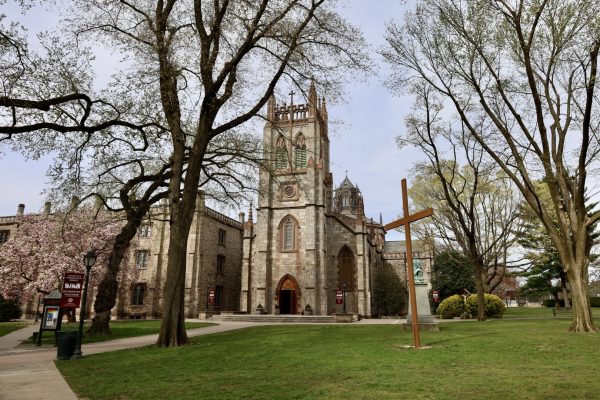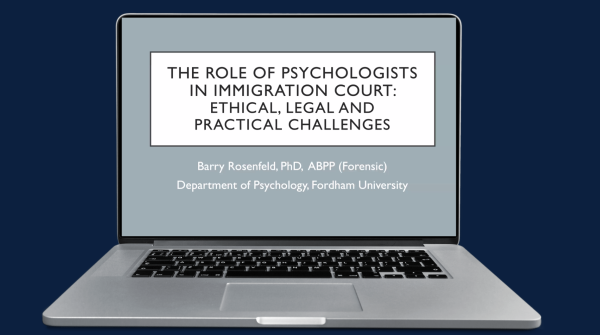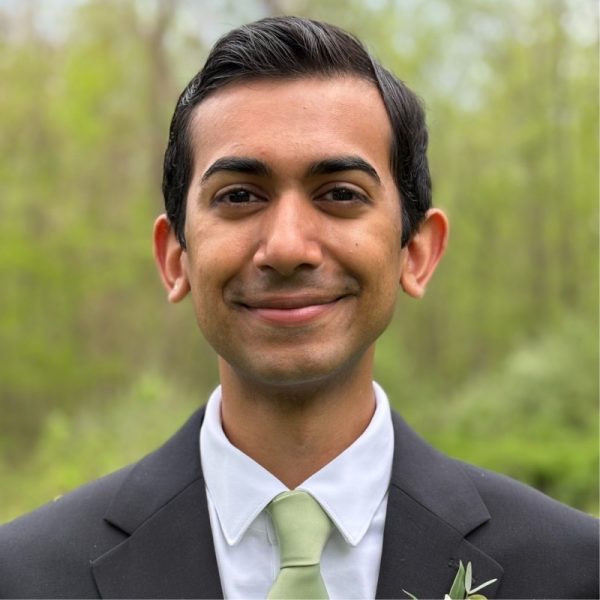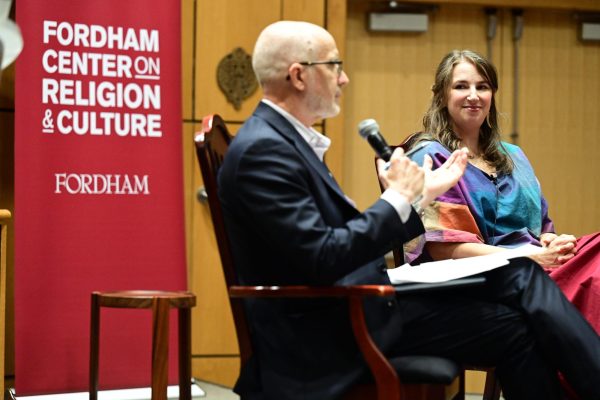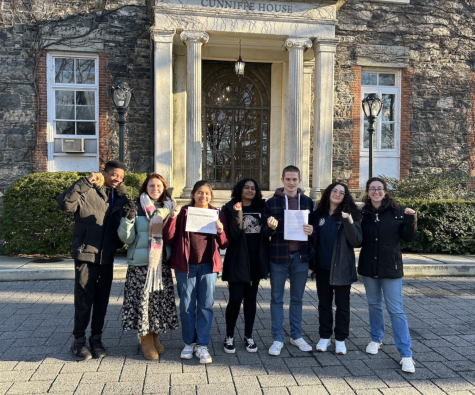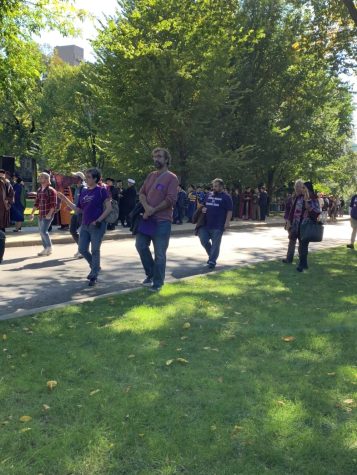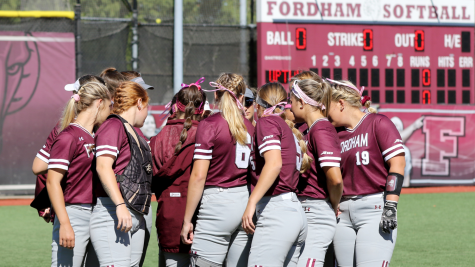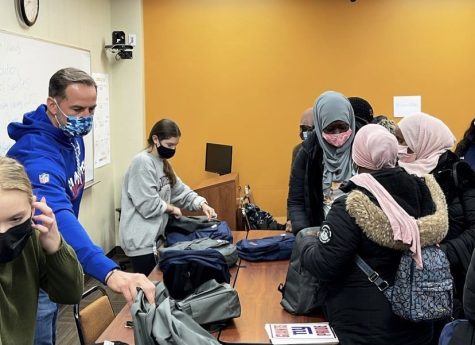Looking Back on Fordham University’s Strategy Against COVID-19
The Fordham dorms closed last week, as all students were sent home for the semester. The early closing of the dorms was part of the university’s plan to deal with the COVID-19 pandemic.
Although the university never hit 100 cases, at which point New York state rules would have sent all students into remote study, cases were increasing rapidly in the last two weeks before the residence halls closed.
Marco Valera, Fordham’s COVID-19 coordinator, sent an email to the university community on Nov. 24, acknowledging that cases were rising. He said that 79 members of the university community tested positive for COVID-19 within a two-week period. This spread not only signified an increase in Fordham’s cases, but it also mirrored an increased level of community spread in the Bronx, around Fordham’s Rose Hill campus.
This community spread is concerning to university officials as they ponder whether or not the dorms will be able to reopen for the spring 2021 semester. Jeffrey L. Gray, Senior Vice President for Student Affairs, announced in an email to the university community on Oct. 15 that on campus housing for the spring will open prior to the first day of classes on Feb. 1. The university has not announced any further details.
Maureen Keown, director of University Health Services, said in an interview that students need to stay vigilant in the final months before a vaccine is widely available.
“We are a community of people who love NYC and travel in NYC,” Keown said. “We try to go to restaurants with outdoor dining and see some of the sites that are still open and available during this COVID crisis, but we need to remain smart and careful. We are all becoming COVID-tired, but there is a light ahead with the vaccine, and we just all need to be vigilant until that time comes where we can get out again.”
In addition to community spread, there is the matter of testing. Should the university reopen in the spring, it has not announced any details about how it will handle testing. After beginning the fall with an aggressive testing plan, Fordham moved to monthly mandatory testing for most on-campus students starting in October, a testing regime that was less frequent than many other universities. In an interview with the Ram, former Fordham faculty member Dr. Daniel Mroczek, who has a Ph.D. in developmental psychology, spent three years in a post-doctoral fellowship in epidemiology at the University of Michigan and currently teaches psychology at Northwestern University. Mroczek sounded impressed with Fordham’s protocols.
“The fact that Fordham [will test] everybody, that’s pretty good,” Mroczek said. “I would say that’s a pretty decent strategy. Once a month is probably okay.”
However, not all doctors agree with this viewpoint. Dr. Amesh Adalja is a senior scholar at the Johns Hopkins Center for Health Security. He commended Fordham for having its own testing program in the first place, but he also said the school could do more.
“The higher the frequency of testing, the more likely you are to catch cases early and limit [the] spread,” he said. “So, the more you can do, the better it always will be.” Adalja also noted that it would be challenging for colleges and universities to combat COVID-19 spread on campus if there was community spread around the school.
As schools around the country weighed the benefits and risks of reopening this fall, universities found different ways to deal with COVID-19, each with differing tracing, testing and isolation programs.
One such school is Quinnipiac University, located about 75 miles north of Fordham’s campus. Quinnipiac’s medical director, Dr. David Wang, spoke with the Ram about some of the difficulties the school has faced in its COVID-19 response.
“I think everyone is dealing with the same issues,” Wang said. “There are students congregating off campus. There are parties, there are things going on that are not safe, you know? And so I think that’s pretty much universal. I don’t think we’re immune to that.”
For its part, Quinnipiac has taken some additional precautions against COVID-19. Namely, the school has a color-coded alert system to gauge the threat for the university community.
“The genesis for the coding system was that even before the semester started; people wanted to know, was there criteria to close the campus?” Wang said. “Let’s say back in the end of August, that’s a question everybody wanted. You have to come up with a way to let them know where we are in this process.” Fordham does not do this, nor is it required to do so in the New York state dashboard.
Wang said that the environment colleges are in is critical for their containment of COVID-19.
“The environment that we’re in, the states that we live in, look different now than they did a month ago than they did the month before,” Wang said. “So we have to change our plans according to what is happening in the state, we have to change our plans based on [the] availability of testing, and things like that. There’s all sorts of things that are being looked at. It’s very difficult.”
Despite its relative success in keeping cases low, Fordham has been criticized for lack of transparency in its COVID-19 response. The school has been light on details regarding the development of its testing procedures and timing of testing phases, leading to calls for transparency. Wang stressed the importance of transparency in building trust with the community that the school is obligated to protect.
“It’s extremely important,” he said. “It’s critical. So much time has been spent preparing for this.”
One difficulty of dealing with COVID-19 is the community spread around a college campus. Much like the rest of the country, the Bronx has experienced a spike in new cases over the past month or so, and the borough is now averaging nearly 400 cases per day after averaging under 100 cases per day for most of the summer.
Quinnipiac has dealt with its own COVID-19 outbreaks, including one in early November that shifted most classes online. Hamden, Connecticut, which houses Quinnipiac’s campus, recently rolled back its reopening to phase 2 after a local spike.
In addition to detailing Quinnipiac’s plans to fight COVID-19, Wang also stressed the importance of testing.
“The higher the frequency of testing, the more likely you are to catch cases early and limit spread,” he said. “So, the more you can do, the better it always will be.”





































































































































































































